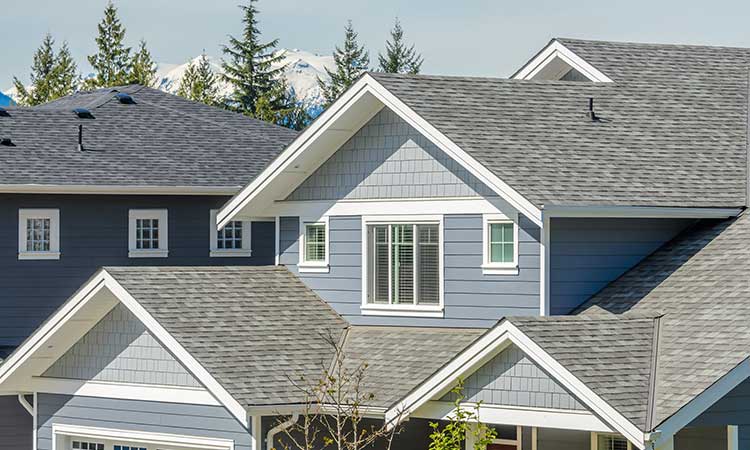Many homeowners do not realize the importance of their roofs until there is a problem. Roofs are expensive and offer a wide range of benefits, including shielding the indoor space from inclement weather. Their constant exposure to this inclement weather means a higher level of wear and tear, and this is why most roofers recommend routine roof inspection and maintenance. Routinely inspecting your roofs gives an idea of your roof’s health and can help you detect small problems before they grow to become expensive damages.
Failure to pay attention to your roof will not only cost you money and time, but it will also cost you your peace of mind. A great way to maintain your roof is to know the common things that cause significant wear and tear to your roofing materials. This article discusses the five common culprits that are damaging your roof.
Common factors that damage your roof
Roof damages happen for a lot of reasons. Sometimes, your roof may become badly damaged because of neglect. Other times, they may be exposed to inclement weather conditions that hasten their wear and tear. Knowing the factors that put your roof in disrepair can help you save money through preventive or maintenance strategies. The commonest culprits are:
- Rain, snow, and ice
- Wind
- Sun
- Lichen and moss
- Overgrown trees.
These factors fast-track the wear and tear of your roof and cause it to break down in a shorter time.
Rain, snow, and ice
Weather elements are one of your roof and roofing materials’ greatest enemies. Rain, snow, and ice play an important role in environmental balance but can also be damaging to your roof. One of the biggest ways these can be damaging is when they gain entrance into your roof. Small openings in the roof can open it up to moisture and water damage. Water damage can be silent, but its effect can be expensive to repair. When water gets into the roof, it can cause mold and mildew. When left unattended or undetected, it can also cause roof rot. If you aren’t careful, your attic insulation may also be damaged in the process.
While rain is the biggest cause of water damage in roofs, snow and ice are also important culprits deserving of recognition. Melting snow can refreeze during winter to form ice dams. Ice dams can block water drainage into the gutters, causing your roof to hold water for a prolonged period. The continued presence of moisture can lead to leaks that can damage your roof and home interior.
Wind
Heavy winds can be catastrophic. There have been instances where heavy winds have dismantled roofs and carted roofs away from buildings. When the effects aren’t as drastic, winds can also pull roof shingles away from the roof, thus leaving it exposed. The underlayment is exposed when roof shingles are dislodged, and moisture can compromise your roof. Leaving this problem undetected or unattended can cause more problems.

Sun
Sun has an abundance of UV rays that can be damaging to the roof and roofing materials. UV rays can break roofing materials down over time. The higher the UV intensity, the faster the breakdown. Additionally, thermal heat from the sun can cause the roofing material to expand, and contraction occurs when the heat subsides. The continuous expansion and contraction of the roofing material can cause fault lines that give an opening to water damage and leaks. Detecting sun-damaged roofs early can save you from expensive repair costs. Contact your nearest roofer for roof inspections and repairs.
Lichen and moss
Lichen is a biological organism that grows on the roof when the conditions are right. Lichens create a crusty-looking growth on the roof and derive their food from the roofing material. Moss is in the same category, although they look softer. They grow on the roof and draw food from the roof material, thus weakening it. The longer the growth, the weaker your roof becomes. When such growths are noticed, it is best to call on a roofer to inspect and clean the roof.
Overgrown trees
Trees are an important part of the ecosystem. Trees provide shade and recycle CO2 for human use. However, tall trees with extended branches are risky for roofs. Detached tree limbs may fall on roofs, causing damage to the impact point. In some cases, weak or dead trees may also cause extensive damage to roofs. This problem can be prevented by paying attention to tree and tree care needs. Proper tree trimming and pruning can help prevent this problem.
Paying attention to these factors can help you prolong your roof’s lifespan. However, these aren’t the only factors that cause roof wear and tear. Speak to your roofer for more information.






